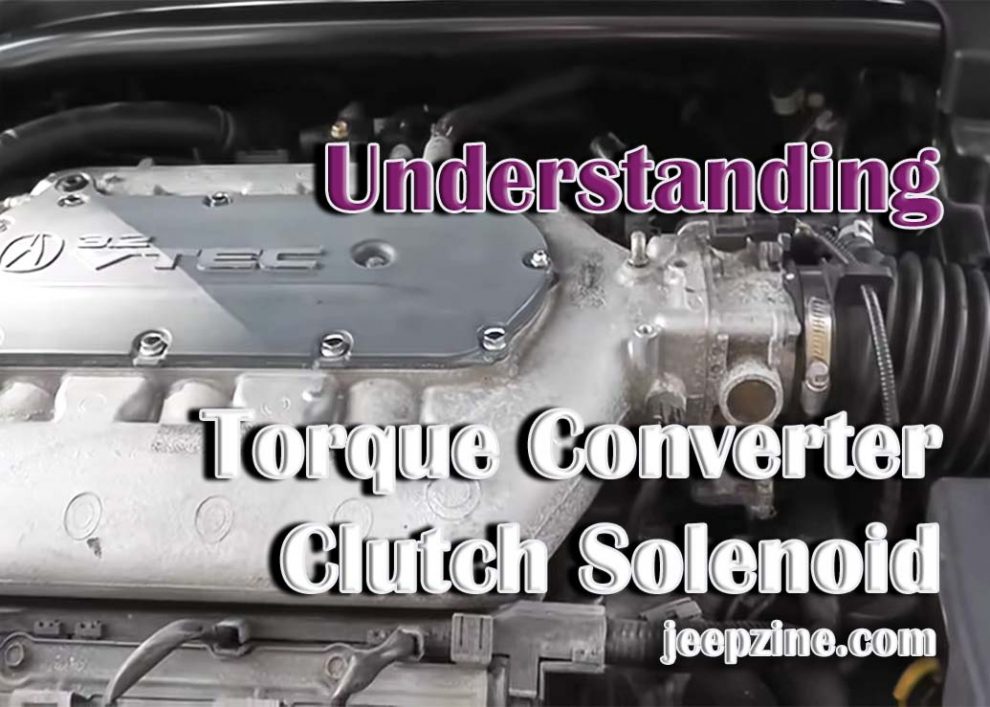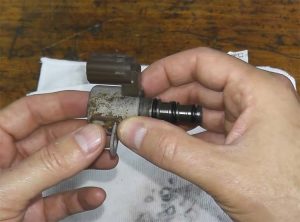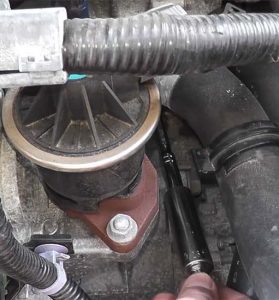The torque converter clutch solenoid is an important component that helps the transmission in your vehicle operate efficiently. This part controls the flow of transmission fluid to engage or disengage the clutch inside the torque converter. Properly managing this fluid flow impacts your vehicle’s acceleration, fuel economy, and overall driving experience. It’s valuable for every vehicle owner to understand how this solenoid works, recognize signs of failure, and know how to address any issues.
What Is a Torque Converter Clutch Solenoid?
The torque converter is located between the engine and transmission. It is a fluid coupling that transfers power from the engine’s rotating motion to the transmission. The torque converter clutch solenoid is an electro-mechanical valve that regulates transmission fluid flow to engage or release the torque converter’s clutch. Operating this solenoid correctly is essential for reducing fuel use and increasing power transfer efficiency, especially when driving at highway cruising speeds.
Symptoms of a Failing Torque Converter Clutch Solenoid
Being able to identify when this solenoid is not working properly allows for timely diagnosis and repair. Common symptoms of a bad torque converter clutch solenoid include:
Unexpected stalling or surging of the engine
- Difficulty shifting gears in the transmission
- Decreased fuel economy
- Slipping or jerking in the transmission
- The check engine light illuminating with diagnostic trouble codes like P0740 and P0741 related to solenoid issues
Diagnosing Torque Converter Clutch Solenoid Problems
To accurately diagnose issues with the torque converter clutch solenoid, trained automotive technicians will connect a specialized diagnostic scan tool to read any diagnostic trouble codes stored in the vehicle’s powertrain control module. Common codes related to this solenoid include P0740 indicating an electrical malfunction with the solenoid control circuit, and P0741 signaling an incorrect mechanical operation of the solenoid itself. Mechanics will also perform a thorough visual inspection of the solenoid and its wiring looking for any signs of physical damage, corrosion on electrical connectors, or other potential faults. However, accessing the solenoid is challenging since it is located inside the transmission valve body which requires specialized tools and knowledge to properly disassemble and service.
Replacing the Torque Converter Clutch Solenoid
When the torque converter clutch solenoid needs to be replaced, it involves a lengthy transmission service procedure:
- Safely drain out all of the old transmission fluid
- Carefully remove the transmission pan to gain access to the internal valve body
- Disconnect any transmission linkages or computer connections
- Unbolt and remove the valve body
- Identify and swap out the faulty solenoid for a new component
- Reinstall the valve body with new gaskets and sealants
- Refill the transmission with fresh fluid.
The complexity of this job varies significantly between different makes and models, so professional service from an experienced transmission shop is highly advisable to prevent potential damage or creating new issues.
Maintenance Tips for Your Torque Converter Clutch Solenoid
While the torque converter clutch solenoid is designed for the lifespan of the transmission, there are preventative maintenance steps vehicle owners can take to help maximize its service life:
- Use the correct transmission fluid type specified for your vehicle year, make and model.
- Change the transmission fluid at the manufacturer’s recommended intervals.
- Do not exceed your vehicle’s towing or hauling limits, as this causes excessive heat and strain that accelerates transmission degradation.
- Follow the maintenance schedule to ensure proper operation of solenoids and other transmission components.
Maintaining your exhaust system is also critical for peak vehicle performance. For those with a 6.0 Power Stroke diesel engine found in Ford Super Duty trucks, selecting the Best Exhaust for 6.0 Power Stroke can dramatically improve exhaust flow and overall efficiency. Properly sizing exhaust components is crucial to avoid any bottlenecks that could negate intended performance gains.
Conclusion
The torque converter clutch solenoid plays a vital role in regulating your transmission’s operation for optimal efficiency and performance. Addressing any issues with this component through proper diagnosis and timely replacement can prevent further transmission damage and costly repairs down the road. Following recommended maintenance schedules for transmission fluid services is also key to prolonging the life of solenoids and other internal components. While replacing this solenoid requires significant transmission work best left to professionals, understanding its function and signs of failure empowers you as a vehicle owner to make informed decisions about your vehicle’s care. Proper maintenance and prompt repairs when needed will ensure your torque converter clutch solenoid continues to facilitate smooth and efficient shifts for an outstanding driving experience.


 Unexpected stalling or surging of the engine
Unexpected stalling or surging of the engine